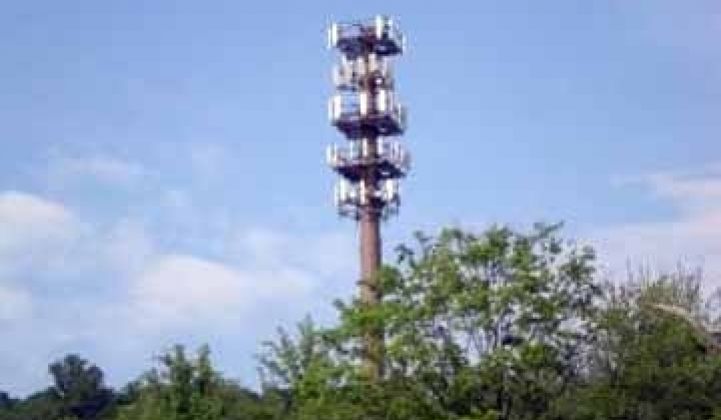SmartSynch has landed a contract to be the communications provider to Memphis Light, Gas and Water, one of the nation's largest three-service public utilities.
The deal comes as the price of using cellular, which SmartSynch champions, has become more attractive for smart meter communications versus radio mesh networks, which are used by companies like Silver Spring Networks and still remain the most popular choices for smart meter rollouts. But the project does not ensure that MLGW will stick with cellular for a full deployment.
MLGW will use SmartSynch's IP communications via cellular networks, owned by carriers like AT&T and T-Mobile, for about 1,000 households who volunteered for the project. The SmartSynch SmartMeters will read information hourly.
The pilot will also have a customer-engagement component. Participants will receive either an in-home energy display or have access to a website built by MLGW to track usage. The utility plans to begin meter installation later this year for an approximately three-year pilot.
"The beauty of our system is it enables municipalities like MLGW or an investor-owned utility to test a small grid system on a small scale rather than commit to tens of millions of dollars," said Campbell McCool, chief marketing officer of SmartSynch, comparing using cellular networks versus the cost of building out a mesh network. That sentiment was echoed by MLGW, saying that cellular would get the project up and running faster.
Back in 2000, SmartSynch's solution cost about $15 per meter per month. Last year that cost was around $5, but that has further plummeted to pennies per meter per month.
Public cellular networks are already used by many utilities for back-end communications, but pennies per meter might not be cheap enough for widespread meter deployments. While cellular made sense to MLGW for the pilot, the long-term plan was murkier, at best, when it comes to cellular, especially in light of Stephen Johnson CEO's prediction that no one would ever buy another mesh network two years from now.
"If we eventually install smart meters countywide, radio communications will probably be the answer at that point," said Glen Thomas, supervisor of communications for MLGW. He cited the question of the cost of cellular in the long run, but said that if costs were comparable, cellular would be considered.
Public utility commissions have seemed to question the outright adoption of mesh networks recently, however, as both Maryland's PSC and Hawaii's PUC have halted smart meter plans for various reasons, including the immediate choice of radio mesh network as the communications platform.
Although MLGW is just trying on SmartSynch for size, the pilot program has no question about its need to make their customers' homes more energy efficient. The utility is hoping that empowering its power-hungry customers with information from the starting line will help them use less energy. Currently, MLGW households use 36 percent more electricity than the U.S. average. If the pilot is successful, MGLW will put together the business case for a full deployment of about one million meters.



